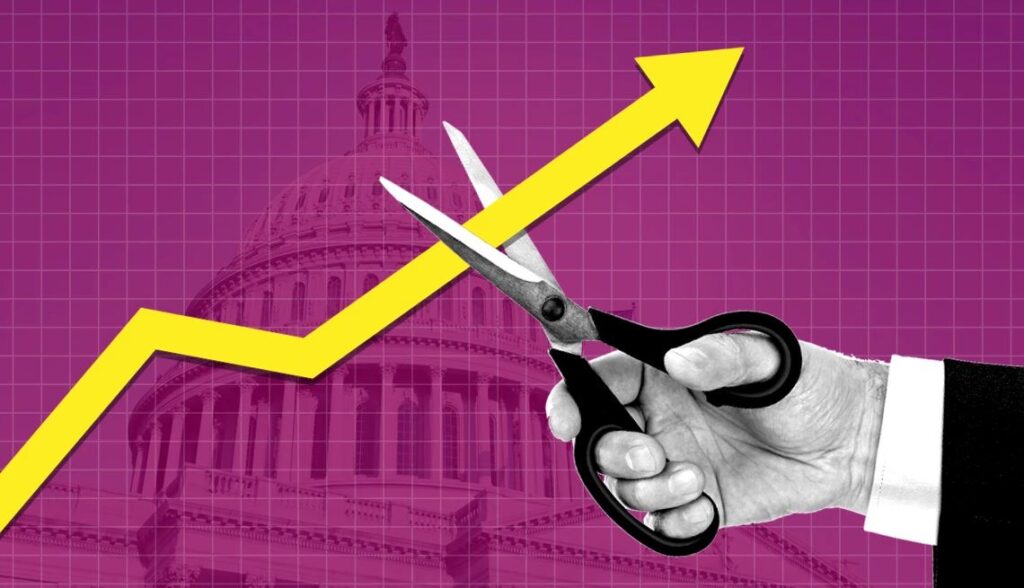
“Our patient approach over the past year has paid dividends,” Jerome H. Powell, the Fed chair, said during his news conference. But now “the upside risks to inflation have diminished, and the downside risks to unemployment have increased.”
The Fed’s decision lowers rates to about 4.9 percent, down from a more than two-decade high.
The pivot comes in response to months of fading inflation, and it is meant to prevent the economy from slowing so much that the job market begins to weaken more painfully. Officials have been keeping a careful eye on a recent uptick in the unemployment rate, and by starting off with a big cut, the Fed is in effect taking out insurance against a bigger employment slowdown.
Reinforcing that cautious message, the decisive reduction came alongside economic projections that suggested a more rapid pace of rate cuts than officials had envisioned just a few months ago. Officials now expect to make another half-point reduction before the end of the year.
“We’re going to take it meeting by meeting,” Mr. Powell said. “We made a good, strong start to this, and that is frankly a sign of our confidence, confidence that inflation is coming down.”
While Mr. Powell said that the Fed was not yet ready to declare “mission accomplished” on taming inflation, he added that officials were “encouraged” by the progress that they had seen.
Fed officials predicted that they would cut interest rates to 4.4 percent by the end of the year — much lower than the 5.1 percent they had been expecting in June, when they last released economic estimates. And by the end of 2025, they expect to lower borrowing costs another full percentage point, to 3.4 percent.
Mr. Powell made it clear during his news conference that the Fed was willing to speed up or slow down its path of rate cuts going forward if the economy proves to be weaker or stronger than expected.
“The U.S. economy is in a good place, and our decision today is designed to keep it there,” Mr. Powell said.
Read the original article on nytimes.com

